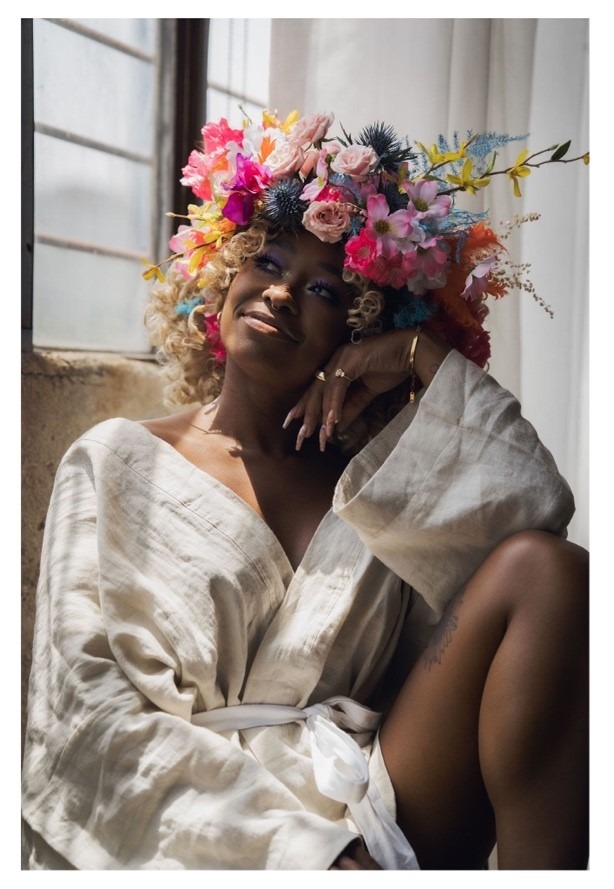Buzzfeed editor shares why brands should consider working with ‘editfluencers’
Freddie Ransome explains why journalists are leaving the newsrooms to create influence on social media, and what this means for brands.

The media landscape has shifted dramatically over the years. Scores of layoffs, media takeovers and consolidations, the global shift to digital, the emergence of social media, and yes, the global pandemic have changed the media landscape as we know it.
The ways in which audiences, brands and media entities operate and engage in storytelling is totally different than it was 20 years ago. This rapidly evolving situation has created a vacuum for journalists who grew up after the publishing boom and during the era of influencers and bloggers to buck an unstable industry. They needed to do what they do best—get creative with their solutions and approach to telling a story that resonates.
Enter the “editfluencer.”
Editors and producers are the original influencers, and editfluencers are editors whose sphere of influence extends well beyond the outlets they write and produce for. Instead of only writing articles or producing video content for their outlets, they position themselves as well-rounded content developers who attract followers, leverage their insider knowledge as experts, and create and promote content on their own personal social channels.
At imre, we love to use our creativity to tell a story that resonates. We work with editfluencers on behalf of our consumer brands to make sure the right message reaches the right audience. This cohort of journalists reaches new audiences on a greater and more authentic scale. Brands also expect holistic coverage on products or campaigns outside of traditional media, and editfluencers answer that call. Working with editfluencers serves as an extension of an agency’s earned vs. paid practices, especially when budgets don’t allow for larger macro influencer campaigns.
We sat down with one of Buzzfeed’s top contributing video editors and producers, Freddie Ransome, to learn more about why journalists are using social media to bolster influence beyond their publication’s audience and what this means for brands.
Q&A

Photo Credit: Bexx Francois
imre: When did you become an editor and producer, and why did you join Buzzfeed?
Ransome: I’ve always considered myself to be a digital storyteller. I got my start working at MSNBC in dayside news programming. I started my career in a very traditional media environment, where growth and creative expression can move slowly. I quickly realized that climbing the ladder to actually produce stories myself would take me years in the news business. I was bursting with creativity and wanting to showcase my skills and perspective, so in 2015 I joined Buzzfeed, mainly due to the emergence of social media channels like Tumblr, YouTube and Twitter which were flourishing, and the video talent happening at Buzzfeed was truly inspiring.
imre: As your career progressed, when did you begin seeing the value in building up your personal social media presence or building influence beyond your publication’s audience?
Ransome: I honestly didn’t think that deeply about it at first because I was focused on creating content, becoming a good director, producer, and editor—I wasn’t necessarily concerned with gaining an audience. But as I continued helping to build the brand at Buzzfeed, I naturally gained a big following. We were focused on developing a video series with a cast of five women who tried different things, making lifestyle reviews and content. Once we started doing that, I gained popularity and an audience. My focus was to do good work, and from there I knew the following would come.
imre: What made you pursue your personal brand on social media?
Ransome: I definitely started posting videos and content that I produced on my personal channels —I’d say, “Hey! Check out this video I made,” or “Hey! Look, this rapper styled me for a week.” Those videos were videos I was excited about, they were more multi-dimensional vs. standard content. I started doing this more and more around 2017—that’s when I realized that people liked and trusted me. I started posting more and more, became more active on my channels, and engaged with my audience on my personal Instagram and YouTube channels.
imre: How could brands take advantage of this? Have any agencies or brands engaged with your personal social presence?
Ransome: For me, I’m willing to work with brands, and do so frequently—I’ve worked on a brand partnership with Bose, and I’m working on an upcoming series with HGTV and Netflix, for example. It’s all about whether or not a brand aligns with me and what I believe in, what they stand for, what influencers or talent they’ve supported or worked with in the past.
A lot of traditional journalists have been behind the scenes—you really only see their byline and then you have to look them up on social to see who they actually are. Social media has given journalists more freedom to explore different sides of themselves and not be pigeonholed in their careers. I think that it allows for bite-sized information that people are actually interested in organically vs. having to go to traditional media organizations for daily news and trends. Now, you can actually find reputable journalists on TikTok, Instagram, and YouTube.
Also, when brands work with an editfluencer or journalist who has their own social platform, I feel it’s a better approach—I’m way more likely to buy a product that someone I respect and admire on Instagram is behind or is promoting than if I were to see a commercial while watching a show on Hulu or reading about it in a roundup article. Brands should work with the people who are actually making a difference, giving audiences honest feedback. It’s a better return on investment to me.
Imre: What do you typically post about or promote on your channels and do you engage with followers?
Ransome: YouTube and Instagram are my two main personal channels, focused primarily on lifestyle content. In general, I don’t have a specific lane that I focus on—I’m not a makeup influencer or travel blogger—I produce and post my type of organic, authentic lifestyle content, and my audience encourages me to do so by always showing up for me, regardless of what I post. Now, instead of being a full-time staffer at Buzzfeed, I’m a contributing producer and editor working on video appearances and branded work, while simultaneously growing my personal brands and channels. When I post and my followers like and leave comments, I always do my best to respond or like the comment, especially on my YouTube channel. Since they’re very active, they tell me what they like, so I love to engage with them in that way, sharing things like my skincare routine and products, if asked.
Imre: What advice would you give agencies and brands who’d like to work with you or other editfluencers?
Ransome: Brands and agencies should do their homework—as editors, creatives and producers, we are responsible for our research on brands to make sure we’re not promoting something problematic, so brands should also do this before reaching out to align on our content and style, so we know we’re understood as creators.
As we continue to shepherd in this new era of editfluencing, it’s important that we keep our clients and their goals in mind. We have an opportunity to add the maximum value to our message by partnering with journalists who are experienced in doing just that.
Follow Freddie Ransome and imre as we continue to craft stories with the greatest impact.
Matt Rindone is the public relations senior program manager at imre. This article is in partnership with imre.






